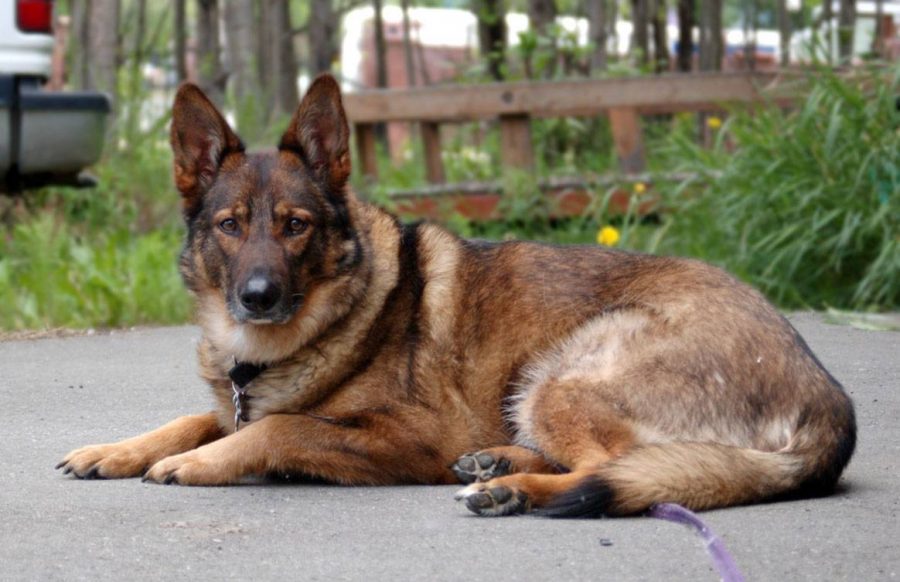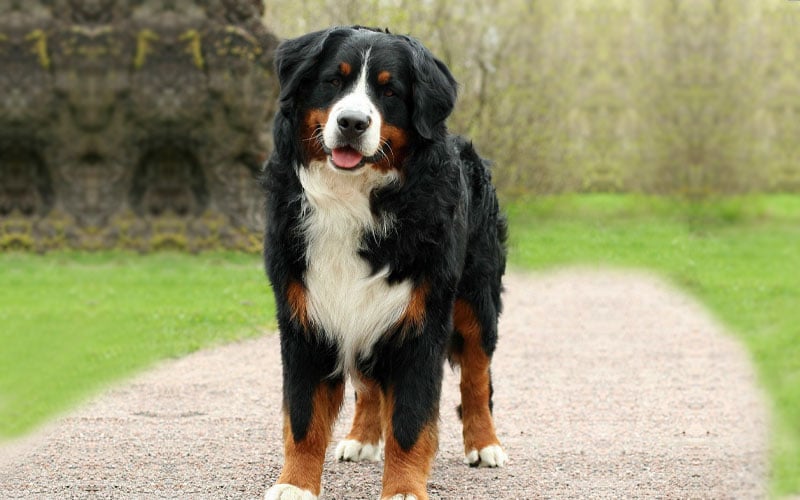Great Danes are one of the most elegant looking dogs with a height that may range up to 32 inches. They make excellent home guardians, and just the sight of this mighty dog can make the intruders think twice before breaking into your house. Despite their powerful physique, they have a very soft nature and make friends easily.
Origin and History of Great Dane
We don’t know the exact origins of the Great Dane, but many people believe that they are a mixture of the Old English Mastiff and the Irish wolfhound. Germans bred the Great Danes to use them for hunting purposes, but later on, this mighty animal took on the role of the loyal guard dog.
Personality and temperament of Great Dane
Great Danes have a very relaxed nature, and they rarely show aggression. They may look scary because of their muscular physique, but they are very friendly and love to be around people. They are very sensitive to harsh punishment so always make sure to treat them gently. They can adjust well with other animals in the house and show a great deal of affection towards children.
Pros. and Cons. of Great Dane
[su_box title=”PROS.” style=”bubbles” box_color=”#07b20d” title_color=”#ffffff” radius=”4″]
their owners and love spending time indoors where they can be close to the
family.
owner and his territory and will always alarm you if he will find an intruder
trying to break into your house.
ideal for those who don’t want to deal with dog hair on the furniture or
clothing.
grooming as the other dog breeds and are also very easy to groom.
[/su_box]
[su_box title=”CONS.” style=”bubbles” box_color=”#f81511″ title_color=”#ffffff” radius=”4″]
suited for families with a big house and preferably no little kids.
to wash your blankets and furniture frequently.
they require more food, more medication, and stronger more expensive toys.
6-8 years.
crucial is feeding him a good diet because if he is not well-trained, he can
cause potential damage to you or the ones around you.
[/su_box]
Physical Appearance of Great Dane
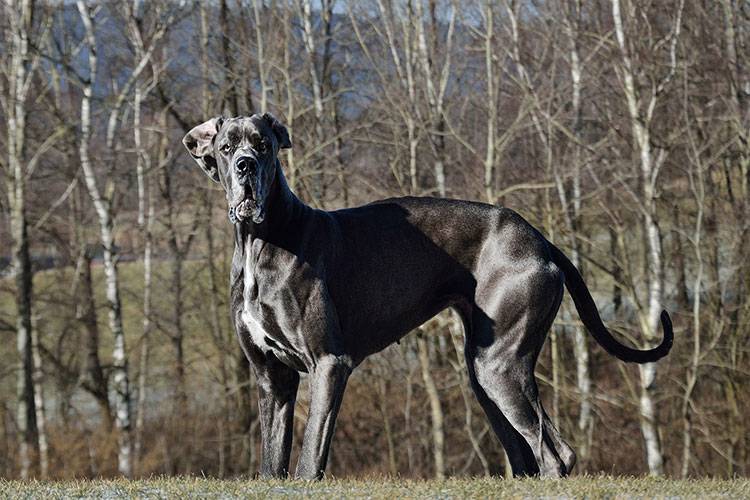
Great Danes come with an elegant muscled body and a short-haired coat of many colors including blue, black, fawn, brindle, or Harlequin. They have medium sized ears, and if not cropped, their ears tend to fold forward towards their cheeks. They have a rectangular head and a very long tail.
Taking Care of Great Dane
Giving the right kind of care to your pet plays a very crucial role in developing his personality and also in keeping healthy. Following are some of the guidelines that will help you give the right amount and kind of care to your Great Dane.
Exercise
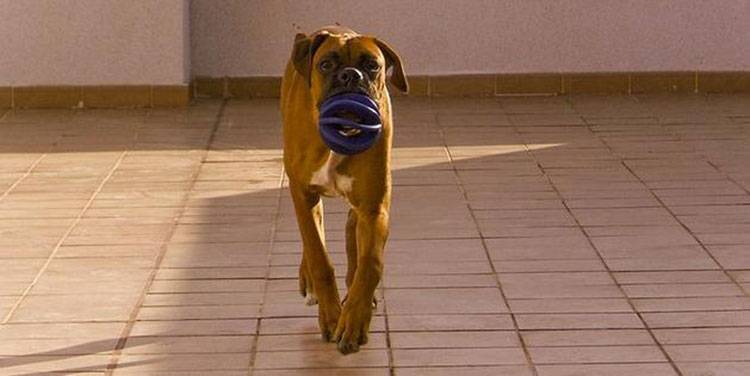
Exercise is just as crucial for your Great Dane as it is for you. Don’t mistake his calm nature for lack of interest in the physical activities. Great Danes require a daily walk, and they make excellent jogging and hiking companions. Make sure that you don’t involve your Great Dane in any intense exercise until he is two years to avoid any damage to the growing joints of your puppy.
Training:
The most important training for a Great Dane is obedience training, and you should start it right when he is a puppy. The best way to do that is socializing and frequently exposing your puppy Dane to people and places so that he may grow up to be a stable adult. If socializing is a problem for you, consider taking your Dane to some puppy training classes. Great Danes learn quickly and are very eager to please their owners and make new friends.
Diet:
You should only feed your Great Dane high-quality dog food and avoid any cooked bones or foods that come with a high content of fat in them. Make a note of all the human foods that are safe for your dog and foods that he should stay away from at all costs. Avoid exercise around mealtimes and feed your dog several small meals throughout the day to reduce the chances of stomach bloating.
Grooming:
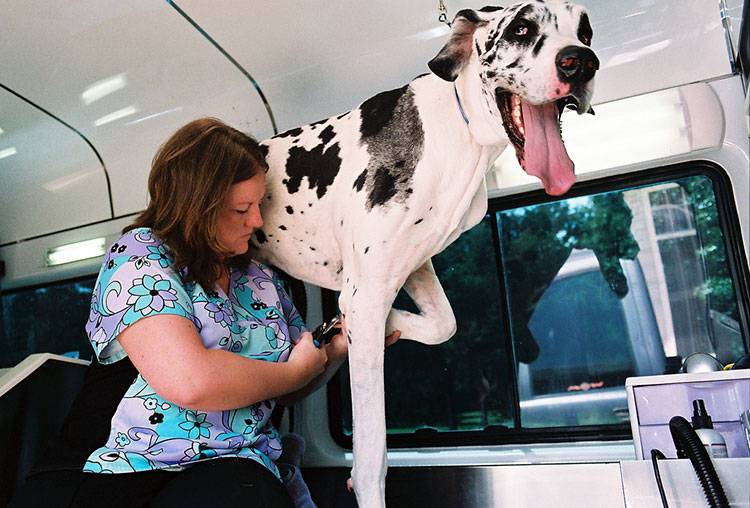
Great Danes don’t require as much grooming as other dog breeds because they have a short and smooth coat that doesn’t shed much. You will only have to brush your Dane’s coat daily during the shedding season, but other than that, weekly brushing his coat will be enough. Great Danes don’t require frequent baths, but it’s important to keep their nails trimmed so that they won’t feel any discomfort while walking.
Living environment:
Great Danes are sensitive to extreme temperatures, and they also need an ample amount of living space to avoid any destruction. The owners of a small apartment might not want to get this dog as he may have a problem adjusting to the small living space.
Health Concerns of Great Dane
Bloat-Gastric Torsion-GDV – This is the most common disease in Great Danes and can take their life in a matter of hours. Bloat causes the dog’s stomach to swell which cuts off blood supply to other vital organs of his body. The signs of this disease include visible swelling of dog’s belly, increased salivation, and fast breathing.
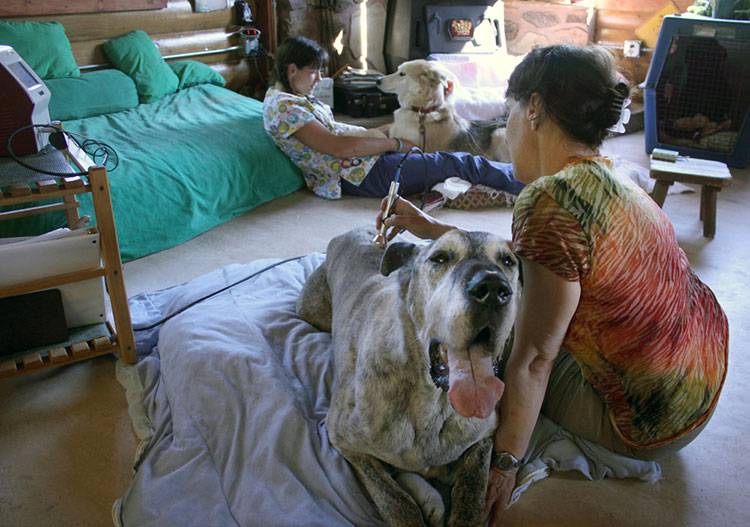
Hypothyroidism – This inherited disease is fatal to the immune system of your Great Dane. It happens when the thyroid gland stops producing hormones that are crucial in keeping the dog’s metabolism in check. Hypothyroidism can cause your dog to have frequent infections and excessive shedding.
Hip Dysplasia-HD – This disease is not as fatal as other diseases but can cause significant pain to your Great Dane. It can deform the socket of your dog’s hip, and over time it may even destroy the hip joint which will make your dog unable to participate in physical activities actively.
Buying a Great Dane puppy
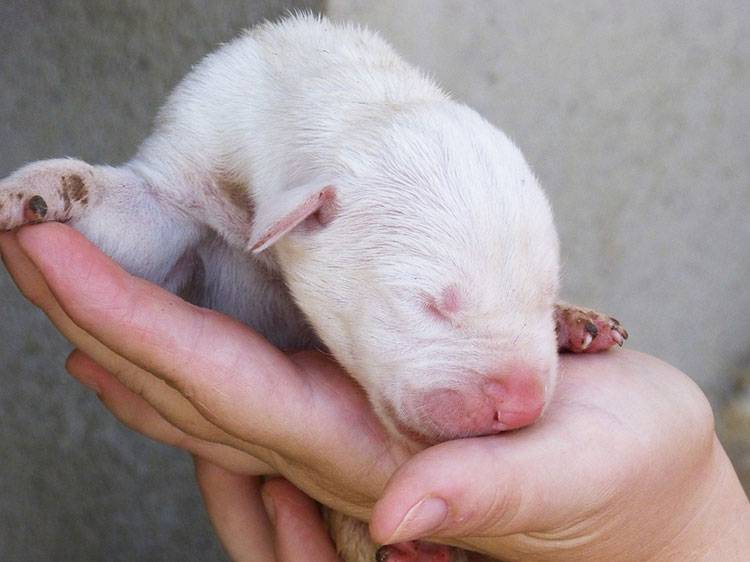
If you are willing to take on the responsibility of owning this giant but sensitive dog breed then following are the steps that you will need to follow:
- Read about the proper way of taking care of the Great Dane and make sure you are truly capable of meeting all his needs.
- Look for a good breeder in your area who expertise in breeding Great Danes.
- Tell your breeder all the attributes that you are looking for in your dog and ask him to show you the medical record of the parents of your future puppy.
- If the parents are disease free, you can proceed onto examining all the puppies one by one and picking the one who best suits your requirements.
FAQS
Are Great Danes dangerous?
Great Danes can be dangerous if they are not well-trained, but if you give proper training to your puppy, he will grow up to be a stable adult.
Are Great Danes slobbery?
Yes, Great Danes can be very slobbery, and you will have to clean your furniture and clothing regularly.
What is the average lifespan of a Great Dane?
The average lifespan of a Great Dane is 6-8 years.
What is the primary health issue of a Great Dane?
Stomach bloating is the most common and most life-threatening health issue of the Great Danes.
On average, how tall is a Great Dane?
On average, a male Great Dane is 34-36 inches tall while the average height of a female Great Dane is 31-33 inches.
Also, read about Bernedoodle
Pictures Credits:
Leeleekay Farms, Mike Schaedler/Flickr, Pixabay.com.


